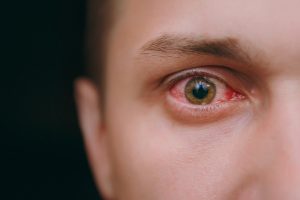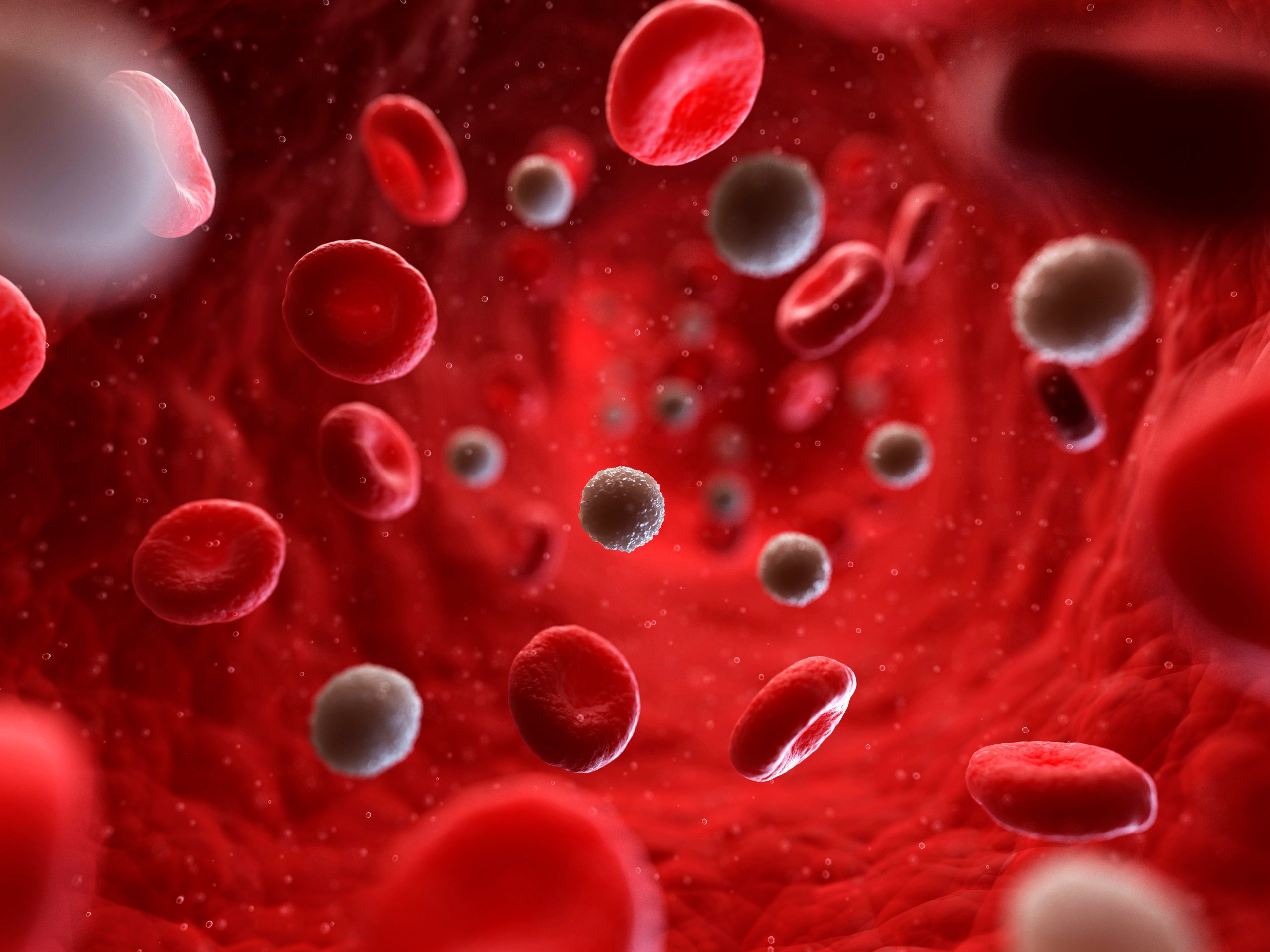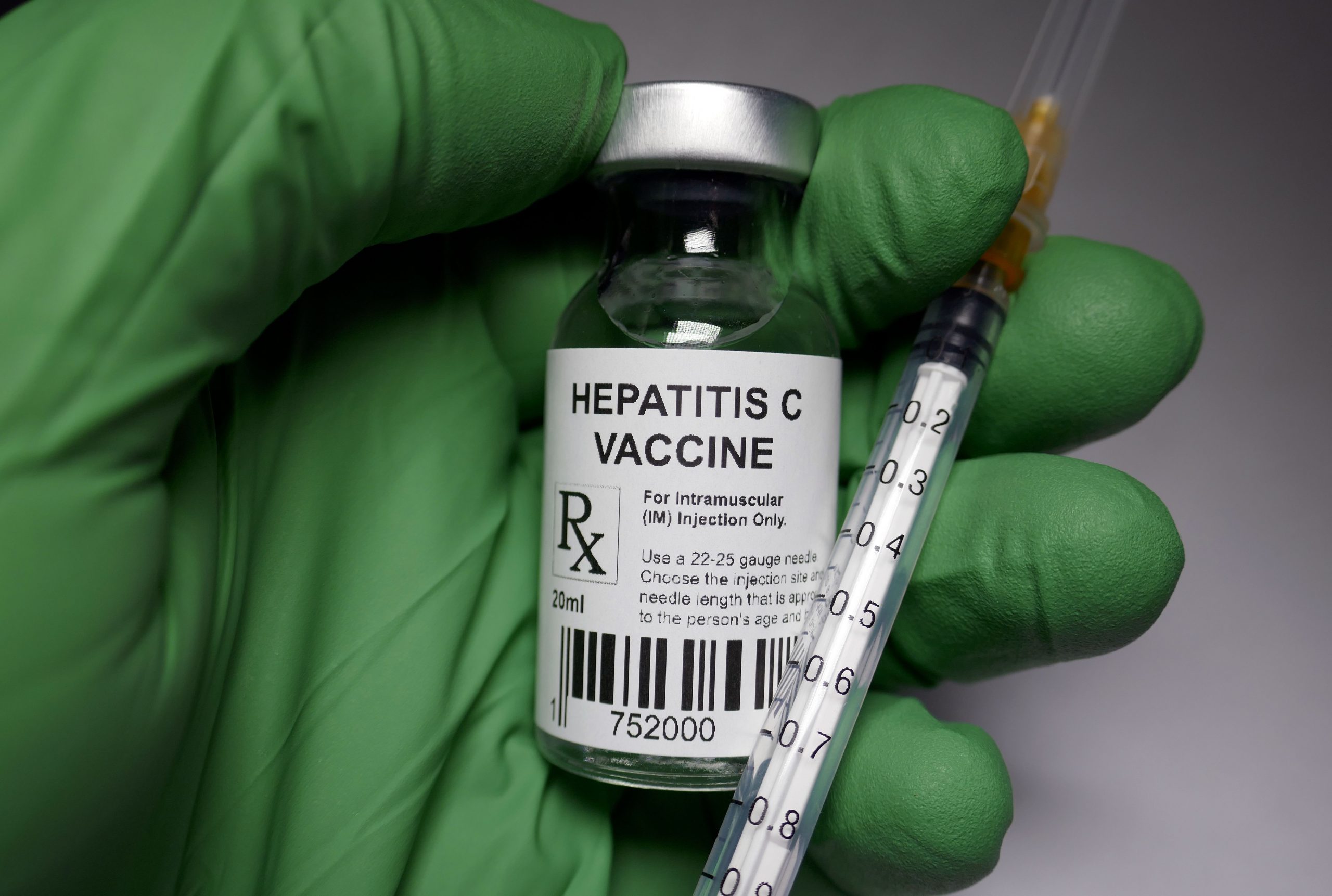Leo Tolstoy very accurately noted that “the eyes are the mirror of the soul.” And, as scientists from the University of Southern California (USA) found out, not only souls.
It turned out that eye movements can recognize neuropsychiatric ailments, from Parkinson’s disease to attention deficit disorder. The participants in the experiment simply sat in front of the TV and watched various programs, while the researchers recorded their eye movements. In the course of observations, 224 qualitative characteristics of movements were revealed. Both healthy subjects and patients with Parkinson’s syndrome, alcohol syndrome and attention deficit hyperactivity disorder took part in the experiment.
A special device made it possible to determine the speed and direction of such movements, as well as the direction of gaze. It turned out that in parkinsonism, the eye makes faster and shorter movements, and they are so characteristic that they make it possible to determine the disease with 89 percent accuracy. Similarly, two other disorders were detected: fetal alcohol syndrome was detected with a 79 percent accuracy, attention deficit disorder with an 83 percent accuracy. At the same time, it was possible to distinguish between these disorders with 90 percent accuracy. In the latter case, the method proved to be most effective when saccadic eye movements were analyzed together with the direction of gaze, that is, when it was taken into account what exactly attracts the person’s attention.
In cases of fetal alcohol syndrome and attention deficit disorder, researchers and reviewers were particularly attracted by the ability to quickly and reliably distinguish between these diseases. Drinking alcohol during pregnancy, of course, affects the formation of all body systems of the unborn child, including the nervous system. In this case, the symptoms can be quite similar to attention deficit disorder. But the treatment regimen required for a congenital malformation is different from that used for a real attention deficit disorder. It usually takes neuropsychologists several hours to conduct tests that allow them to correctly check the patient for fetal alcohol syndrome. So the method based on the analysis of eye movements, which takes only 15 minutes and does not require complex preparation, looks like a very successful alternative to the old methods.
these diseases. Drinking alcohol during pregnancy, of course, affects the formation of all body systems of the unborn child, including the nervous system. In this case, the symptoms can be quite similar to attention deficit disorder. But the treatment regimen required for a congenital malformation is different from that used for a real attention deficit disorder. It usually takes neuropsychologists several hours to conduct tests that allow them to correctly check the patient for fetal alcohol syndrome. So the method based on the analysis of eye movements, which takes only 15 minutes and does not require complex preparation, looks like a very successful alternative to the old methods.
In the near future, the authors of the work are going to optimize their method. The plans are to improve the accuracy of diagnostics and speed it up – up to five minutes. In addition, researchers are confident that other neuropsychiatric diseases, including, for example, schizophrenia https://en.wikipedia.org/wiki/Schizophrenia, can be diagnosed in a similar way.
Moreover, their method will allow to determine various deviations in young children and the elderly, which cannot be assessed according to uniform criteria.



